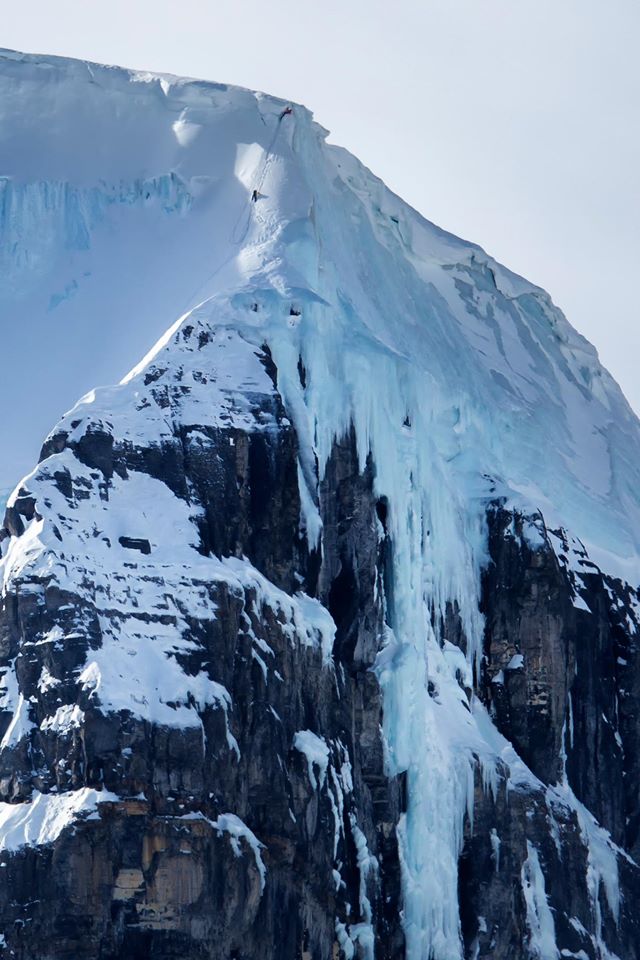PrimaLoft One insulation has been exceptional. But as I have pointed out in previous writings there are differences in the other PrimaLoft insulation values of the differing products. And a wide difference on price as well. Enough so that I typically wouldn't buy anything but PrimaLoft One.
Here are the old definitions:
Here are the newest insulations:
PrimaLoft®
Gold Insulation
The benchmark in performance of all synthetic insulations
PrimaLoft® Gold Insulation
PrimaLoft® Gold Insulation Down Blend
PrimaLoft® Gold Insulation USA
PrimaLoft® Gold Insulation Eco
PrimaLoft® Gold Insulation Eco with Grip Control
|
PRIMALOFT®
Silver Insulation
A high-performance insulation with the full spectrum of features to brave the elements
| | | |
PrimaLoft® Silver Insulation
PrimaLoft® Silver Insulation Eco
PrimaLoft® Silver Insulation Down Blend
PrimaLoft® Silver Insulation Hi-Loft
PrimaLoft® Silver Insulation with 4Flex
PrimaLoft® Silver Insulation USA
PrimaLoft® Silver Insulation Performance Fleece
PrimaLoft®
Black Insulation Eco
Warmth, softness and lightweight comfort from post-consumer recycled materials
PrimaLoft® Black Insulation Eco
PrimaLoft® Black Insulation Hi-Loft
Significant to me is:
Gone is the info to make realistic comparisons of insulation to weight per cost.
"Primaloft GOLD is widely considered to be the industry best when it comes to synthetic insulation and the standard in terms of warmth-to-weight ratio. Previously known as PrimaLoft ONE, it is made with extremely thin individual fibers and provides insulation by capturing body heat in the countless tiny air pockets that exist between these fibers. The thinness of the fibers allows not only for more trapped air in a given amount of insulation, but also allows for relatively good compressibility.
Primaloft SILVER Hi-Loft, seen in the
Patagonia DAS Parka, is a continuous filament insulation made with fibers of differing thicknesses. Primaloft calls this their loftiest insulation. This insulation is less compressible overall, but more durable in the long run.
Coreloft, Arc'teryx's proprietary insulation, is made of many short, thin fibers, and is used in the
Arc'teryx Atom LT Hoody and
Arc'teryx Atom AR Hoody. It is very warm, but not quite as warm as PrimaLoft GOLD.
ThermaTek, another proprietary Arc'teryx insulation, is a continuous filament insulation used in some of Arc'teryx's high end products like the
Arc'teryx Fission SL, which is more like an insulated ski jacket. Arc'teryx claims it to be warmer relative to weight than Coreloft, but it isn't as compressible.
Exceloft is a proprietary fiber insulation used by Montbell. It uses a combination of thick and thin hollow polyester fibers. We found the
Montbell UL Thermawrap Jacket warm for its weight. However, it is difficult to compare Exceloft's warmth directly to Primaloft GOLD because the Thermawrap uses 50g/m2 Exceloft insulation, while the Primaloft GOLD used in test models is 60g/m2.
Thermal.Q Elite, a new proprietary insulation from Mountain Hardwear, uses a combination of thicker, longer fibers to form a framework, and short, thinner fibers to fill the gaps in between. Mountain Hardwear claims both better warmth and compressibility for this insulation. Again, it is difficult to compare its warmth directly to Primaloft 60g/m2, as the two products we tested, the
Mountain Hardwear Hooded Compressor uses 100g/m2 Thermal.Q Elite. "
Quote above is from this review:
http://www.outdoorgearlab.com/Insulated-Jacket-Reviews/Buying-Advice
I also found this while looking...
"PrimaLoft® GOLD
PrimaLoft® Gold Insulation – the highest performing synthetic insulation available. The ultimate in warmth-to-weight available in a synthetic is coupled with incredible packability and softness that mimics goose down, all with excellent water-repellency for wet-weather protection.
PrimaLoft® SILVER
PrimaLoft® Silver Insulation utilizes a proprietary water repellent finish to keep you warm when wet. A comfortable loft and feel provides warmth, while super-lightweight properties allow freedom of movement for whatever your day may deliver."
I am not in the market for a synthetic jacket but you might be.
These are the last "real" numbers I can dig up. When I started dissing Sport and Eco for my own climbing it seems names and info changed or became exceptional hard to find. I find that odd.
PrimaLoft's own published data comparing Primaloft One, Sport and Eco below which has been deleted from their web site:
Primaloft One: 0.92 dry / 0.90 wet, clo/oz
Primaloft Sport: 0.79 dry /.72 wet, clo/oz
Primaloft Eco: 0.68 dry/ 0.60 wet, clo/oz
http://coldthistle.blogspot.com/2012/11/primaloft.html
























